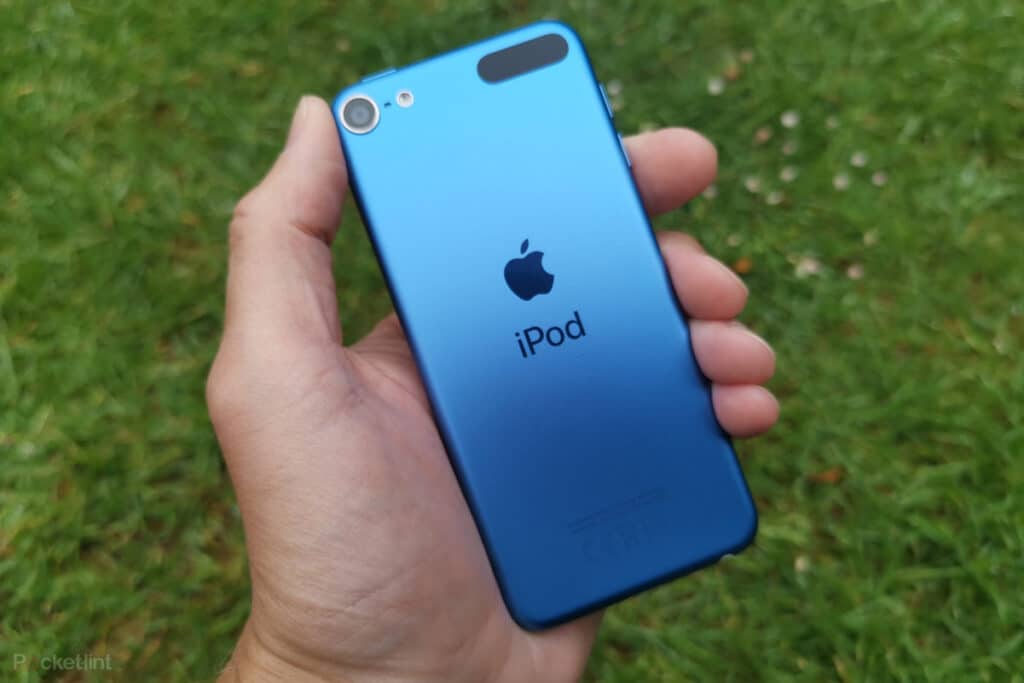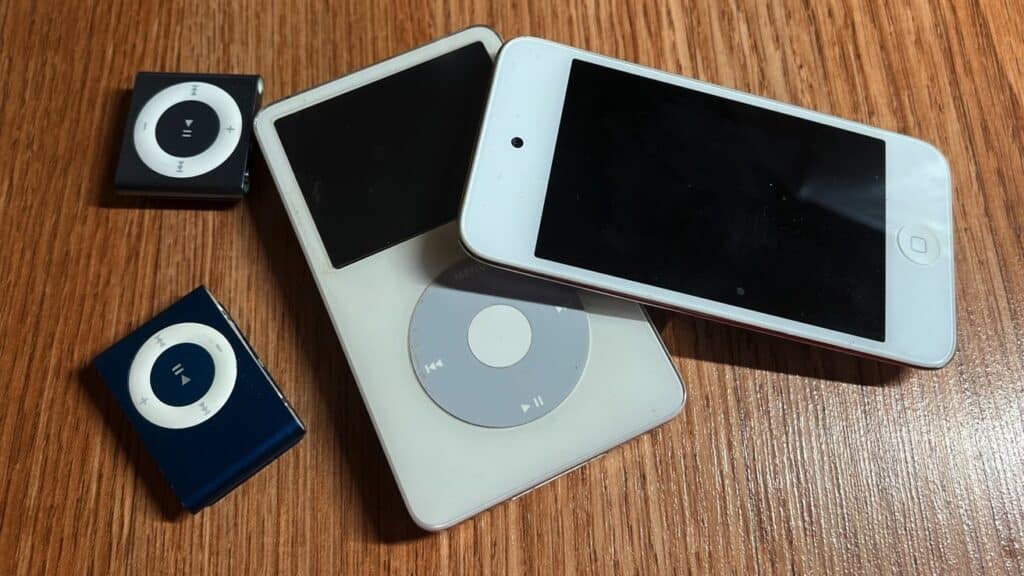In the early 2000s, the music industry was facing a challenge from digital music piracy. The advent of file-sharing services like Napster disrupted the traditional model of selling physical music albums. It was in this landscape that Apple introduced its revolutionary music player, the iPod, in 2001. With its sleek design, intuitive interface, and massive storage capacity, the iPod quickly became a cultural phenomenon and a game-changer for the music industry. In this article, we will explore how the iPod revolutionized the music streaming industry.
Contents
The Rise of the iPod & iTunes Store
The iPod was first introduced in 2001, and it was an immediate hit with consumers. Its sleek design and massive storage capacity made it the perfect device for storing and playing music on the go. With its intuitive scroll wheel and user-friendly interface, the iPod quickly became a must-have device for music lovers.
In 2003, Apple launched the iTunes Store, a digital music store that allowed users to purchase and download music directly to their iPods. The iTunes Store offered a legal alternative to music piracy and provided consumers with a convenient way to buy music. The introduction of the iTunes Store was a game-changer for the music industry, as it allowed record labels to sell their music directly to consumers.
The iPod Touch and the App Store
In 2007, Apple introduced the iPod Touch, which was essentially an iPhone without phone capabilities. The iPod Touch featured a touchscreen interface and a built-in web browser, making it a versatile device for browsing the internet, watching videos, and playing games. With the introduction of the App Store in 2008, the iPod Touch became even more versatile. Users could now download apps that allowed them to do everything from tracking their fitness to editing photos.
The iPod and the iTunes Store had a profound impact on the music industry. The iPod gave consumers a convenient way to listen to music on the go, and the iTunes Store made it easy for them to purchase and download music legally. This had a ripple effect on the entire music industry. Firstly, the iPod and the iTunes Store disrupted the traditional model of selling physical music albums. With the ability to purchase individual songs, consumers no longer needed to buy an entire album to listen to their favorite songs. This had a significant impact on record sales and forced record labels to rethink their approach to selling music.
Secondly, the iPod and the iTunes Store made it possible for independent artists to reach a wider audience. With the ability to upload their music to the iTunes Store, independent artists could now sell their music directly to consumers without the need for a record label. This democratization of the music industry allowed for a greater diversity of music to be heard. Lastly, the iPod and the iTunes Store paved the way for the rise of music streaming services. The convenience and accessibility of digital music paved the way for the idea of music being streamed over the internet. Today, music streaming services like Spotify and Apple Music are a staple of the music industry, and they owe their existence to the iPod and the iTunes Store.
Conclusion
The iPod was a game-changer for the music industry. With its sleek design, massive storage capacity, and intuitive interface, the iPod gave consumers a convenient way to listen to music on the go. The introduction of the iTunes Store provided a legal alternative to music piracy and allowed record labels to sell their music directly to consumers.




